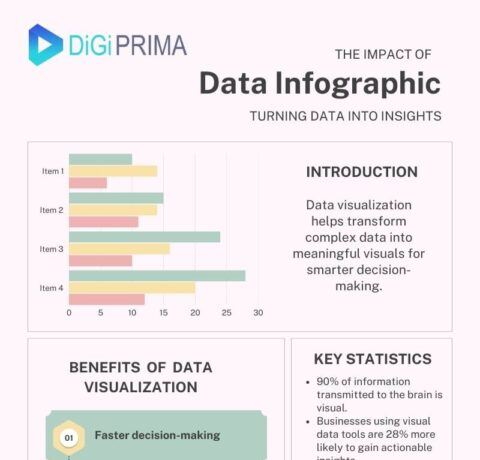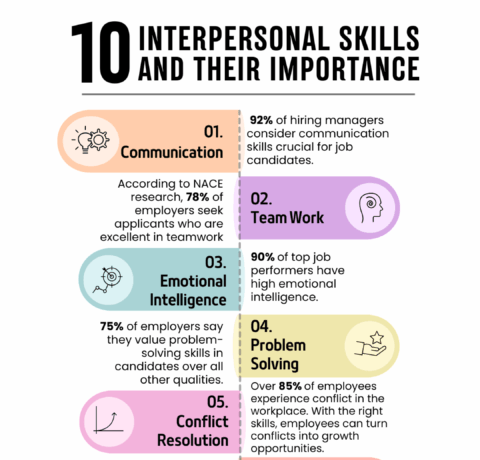Understanding Machine Learning Infographic
We now live in an age where machines can teach themselves without human intervention. This perpetual self-education can produce insights that are helpful in making proper and productive decisions for us across a variety of fields, from medicine to interstellar space travel. Let’s take a look at what Machine Learning is, how it works, and how it will change the world we live in.
What It Is
Machine learning (ML) deals with systems and algorithms that can learn from various data and make predictions. An example is predicting traffic patterns at a busy intersection—a program can run a machine learning algorithm containing data about past traffic patterns and, having "learned" previous data, it can devise better predictions of future traffic patterns.
Theory
The main goal of a learner is to generalize, and a learning machine able to do that can perform accurately on new or unforeseen tasks. The goal for the learning machine is to mimic human cognition by creating a generalized model to produce precise enough predictions.
History
In the early days of AI, researchers were very interested in machines that could learn from data. But ML's increased focus on a logical, knowledge-based approach occasioned a split from Al in 1980. Statistical-based research, probabilistic reasoning, pattern recognition and information retrieval came into the fold of ML; by the 1990s, ML became a separate field altogether, and began to flourish by shifting its goat from achieving Al to tackling practical problems.
How It Is Done
- Supervised ML - relies on data where the true label is indicated. Example: teaching a computer to distinguish between pictures of cats and dogs, with each image tagged "cat" or "dog." Labeling is normally performed by humans to guarantee high data quality. Having learned the difference, the ML algorithm can now classify new data and predict labels ("cat" or "dog") on previously unseen images.
- Unsupervised ML - deprives a learning algorithm of the labels used in supervised learning. Usually involves providing the ML algorithm with a large amount of data on every aspect of an object. Example: presented with images of cats and dogs that have not been labeled, unsupervised ML can separate the images into two groups based on some inherent characteristics of the images.
- Reinforcement Learning - Example: learning to play chess. ML receives information about whether a game played was won or lost. The program does not have every move in the game tagged as successful or not, but only knows the result of the whole game. The ML algorithm can then play a number of games, each time giving importance to those moves that result in a winning combination.
Approaches
There are over a dozen approaches employed in ML, Some of these include:
- Decision Tree Learning—a predictive model that maps observations about an item to draw conclusions about its target value.
- Deep Learning—consists of multiple hidden layers in an artificial neural network to model the way the human brain processes light and sound into vision and hearing; modern computer vision and speech recognition software are products of deep learning.
- Artificial Neural Networks—a learning algorithm, inspired by biological neurons, that uses statistical data modeling tools to find patterns in data.
- Bayesian Networks—a probabilistic graphical model that represents a set of random variables and their conditional independencies; e.g., the probabilistic relationships between diseases and symptoms.
Applications
The importance of ML is that, since it's data-driven, it can be trained to create valuable predictive models that can guide proper decisions and smart actions. With today's variety and volume of available data, more powerful yet affordable computational processing, and cheaper data storage, it's possible to build models that can analyze large, complex data to deliver faster and more precise results.







You can adjust your cookie preferences here.